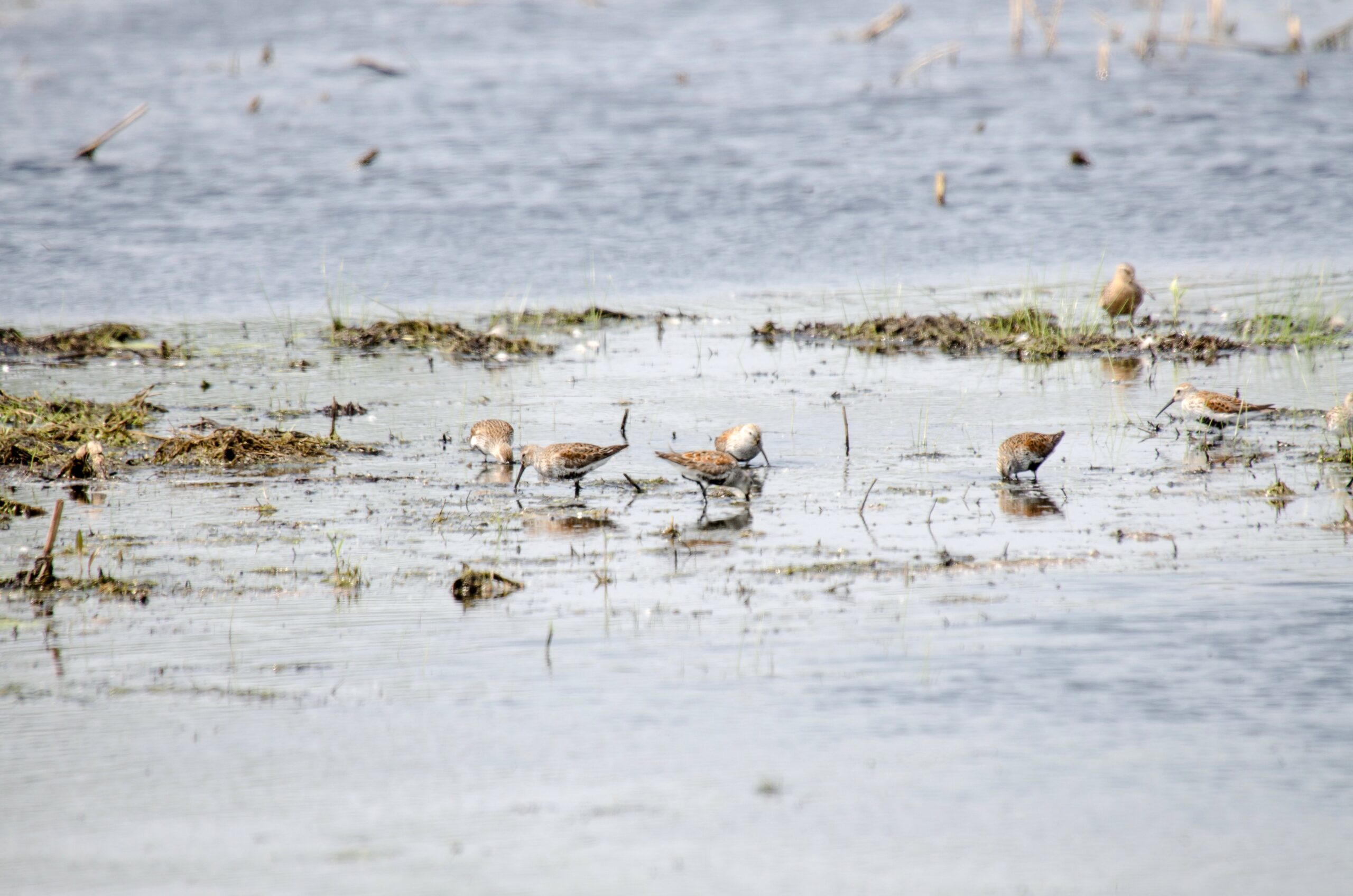
One of the greatest benefits of modern technology is that it makes the generation and aggregation of new information much easier. And that information can be updated in real time as facts change. Take Uber: it constantly generates and processes information about the number of people requesting rides and the drivers willing to provide them. Unlike cabs, it recognizes that there is no one correct price for rides nor optimum number of drivers available. Both of those variables change constantly.
The possibility to generate time-specific information and aggregate it quickly holds great promise for solving environmental problems. And technology is already beginning to provide those benefits. For instance, the Nature Conservancy has been widely praised (and rightly so!) for bringing an Airbnb-like program to migratory birds. That program was recently profiled by the New York Times.
In the United States, the nonprofit Nature Conservancy has been a pioneer in bringing the “sharing economy” business model to conservation. It has been temporarily expanding wetlands for migratory birds in California’s Sacramento Valley since 2014. In early fall, when birds head south for the winter, and again in early spring on their return journey, birds need larger protected areas than the current mix of parks and nature preserves allows, as the website Howstuffworks reported in August. The big insight was realizing “we could use a rent rather than buy model,” said Mark Reynolds, an ecologist with the Nature Conservancy, which pays rice farmers to flood their fields for the few crucial weeks each fall and spring. Rice growers routinely flood their fields for irrigation and to decompose crop residue after harvest; through the conservation program, named BirdReturns, they do so during periods when the fields would have been dry.
The program helps Nature Conservancy connect the interests of rice farmers to the needs of migratory birds. But the program is far more than a traditional market for environmental benefits. It has leveraged the benefits of technology to discover when and where migratory birds need these wetlands and to adapt the program to changing circumstances.
To decide when and where to pay farmers to provide these pop-up wetlands, the Nature Conservancy turned to crowdsourcing—an army of birdwatchers armed with cellphones reported their sightings. That aggregate, real-time information helps the Nature Conservancy adapt to a changing climate and migratory patterns. The program has begun to move its pop-up wetlands inland, to nudge migratory birds to habitat that the Nature Conservancy expects are less vulnerable to climate change.
The Nature Conservancy is creating pop-up wetlands further inland now — so that the birds will be acclimated to new habitat by the time that climate change means they have to be. pic.twitter.com/B3rLB5gUXL
— Seema Jayachandran (@seema_econ) January 3, 2018
Like Uber, this program is trying to solve a dynamic problem: providing wetlands for migratory birds when they need them, knowing that those needs will change every migratory season—and throughout that season. The challenge is not to solve the problem once, but to continuously solve it in the face of ever changing variables. As with Uber, the price signal solves that problem by allowing conservationists and farmers to make beneficial tradeoffs.
That’s something that regulations are, by their nature, poorly suited to. Regulations are generally static, not dynamic. Once adopted, they are difficult to change, either because of bureaucratic red tape or political entrenchment. Thus, regulations can work well for solving problems that have a consistently right answer. “Don’t dump toxic sludge in people’s drinking water” works pretty well because the result it forbids is undesirable in every case. More complex problems invariably run into the knowledge problem described by F.A. Hayek: reaching the right result depends on regulators having access to diffuse information that they can’t possibly obtain and continuously solving a problem with variables that never stop changing.
Most environmental problems don’t have easy solutions because there are costs and benefits on both sides of the equation. There is no a simple regulation—much less any enforceable one—that could direct someone to figure out the ever-evolving migration patterns of birds, decide which fields could be flooded to help the birds without causing excessive costs for farmers, and ensure that the right fields are flooded at the right time. No one person could solve that problem and, even if they could, no one else could know whether they did so correctly.
Only markets can generate all of the information needed and aggregate it into a price signal that can steer decision making. Thankfully, the technology that has enabled the sharing economy has also opened the door to countless conservation opportunities.



